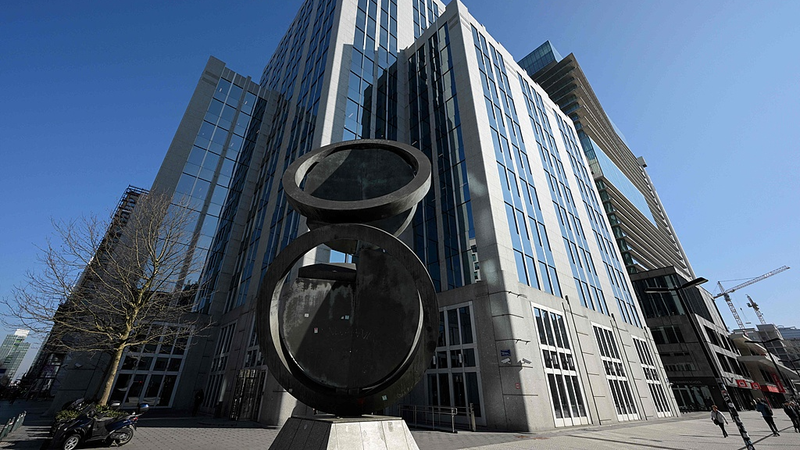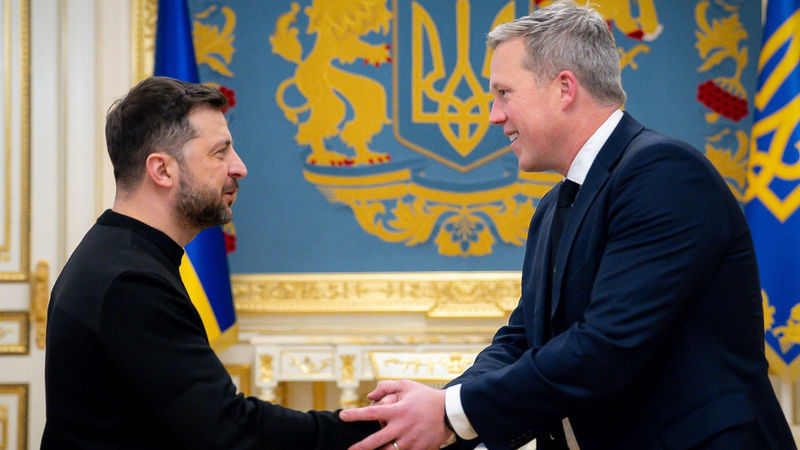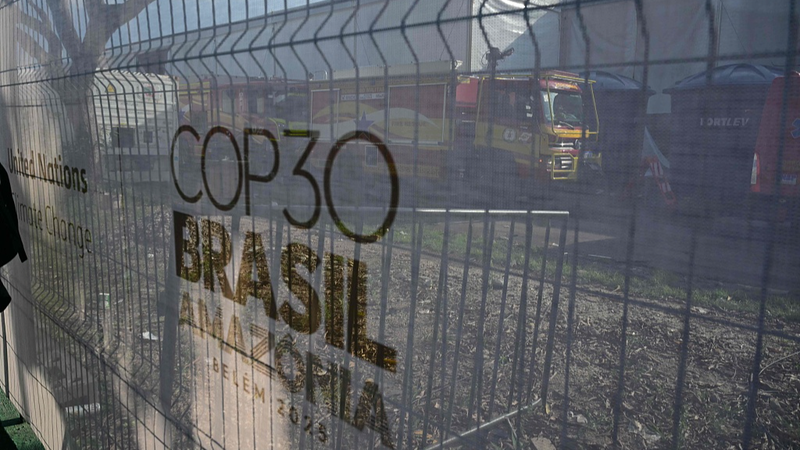In a bold move at this week’s EU summit in Copenhagen, EU finance ministers approved a €4 billion loan to Ukraine, tapping into frozen Russian assets held by Euroclear. The funds, part of a broader plan to turn immobilized Russian central bank holdings into a "reparation loan," aim to backfill Kyiv’s war chest while waiting for eventual compensation from Russia.
These assets peaked at around €300 billion after the EU and its partners sanctioned and froze Russian reserves in response to the invasion of Ukraine. Roughly €210 billion of that is in Europe, of which €185 billion sits in Euroclear. As securities mature, about €176 billion has already converted to cash—unlocking fresh firepower for Kyiv’s defence and rebuilding efforts.
But the Kremlin was quick to push back. "We are talking about plans for the illegal seizure of Russian property. In Russian, we call that simply theft," Kremlin spokesperson Dmitry Peskov told reporters, warning that individuals or countries involved would "be called to account." Moscow’s threats underscore the geopolitical stakes of weaponizing frozen asset pools against an adversary.
Behind closed doors, some EU members worry about the fallout. Belgian Prime Minister Bart De Wever cautioned that such measures could undermine confidence in Europe’s banking system. "If countries see that central bank money can disappear when politicians see fit, they might withdraw their reserves from the eurozone," he said. European Central Bank President Christine Lagarde echoed these fears, warning that confiscating state-immune assets could dent the euro’s appeal as a global reserve currency.
Despite the pushback, the European Commission is pressing ahead with a larger proposal: a €140 billion reparation loan anchored on frozen Russian central bank assets. It would require unanimous approval from all 27 member countries, a high bar that reflects both solidarity with Ukraine and caution over long-term economic risks.
Meanwhile, EU leaders on Tuesday pledged an additional €2 billion to supply drones to Ukraine. "This will allow Ukraine to scale up and use its full capacity, and of course help the EU benefit from this technology," said European Commission President Ursula von der Leyen.
Since the outbreak of war in February 2022, total EU support to Ukraine has surged to nearly €178 billion, cementing the bloc’s role as the conflict’s leading backer. As debates continue over frozen assets and future loans, one thing is clear: Europe’s financial tactics are as much a front in the conflict as the battlefields themselves.
Reference(s):
EU transfers frozen Russian funds to Kyiv amid Moscows threats
cgtn.com




